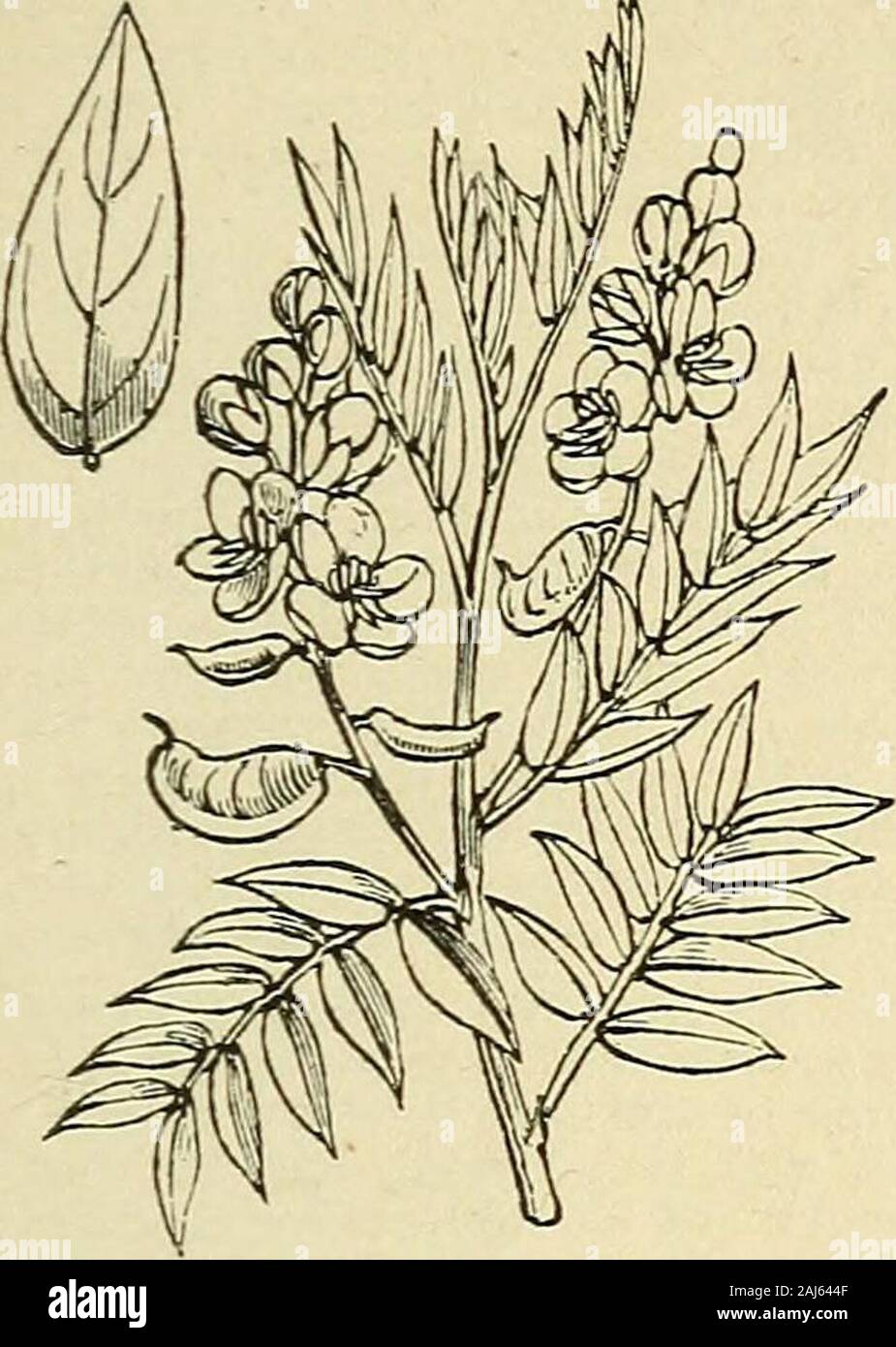The treasury of botany: a popular dictionary of the vegetable kingdom; with which is incorporated a glossary of botanical terms . cers and various skin diseases, as well as internally in diabetes and other disorders; they are likewise used for similar purposes in the Mauritius and the West Indies. I The seeds of C. Absus, a native of Egypt I and of India, are bitter, aromatic, and I slightly mucilaginous. They are used in Egypt as a remedy for ophthalmia, as i are the seeds of C. auriculata in India, where also the bark of this shrub is employed by the natives in tanning leather. C. occidental

Image details
Contributor:
The Reading Room / Alamy Stock PhotoImage ID:
2AJ644FFile size:
7.1 MB (318 KB Compressed download)Releases:
Model - no | Property - noDo I need a release?Dimensions:
1334 x 1873 px | 22.6 x 31.7 cm | 8.9 x 12.5 inches | 150dpiMore information:
This image is a public domain image, which means either that copyright has expired in the image or the copyright holder has waived their copyright. Alamy charges you a fee for access to the high resolution copy of the image.
This image could have imperfections as it’s either historical or reportage.
The treasury of botany: a popular dictionary of the vegetable kingdom; with which is incorporated a glossary of botanical terms . cers and various skin diseases, as well as internally in diabetes and other disorders; they are likewise used for similar purposes in the Mauritius and the West Indies. I The seeds of C. Absus, a native of Egypt I and of India, are bitter, aromatic, and I slightly mucilaginous. They are used in Egypt as a remedy for ophthalmia, as i are the seeds of C. auriculata in India, where also the bark of this shrub is employed by the natives in tanning leather. C. occidentalis, a native of both the Indies, is now naturalised in the Mauritius, where the natives use the roasted seeds as a substitute for coffee, and with good effect ! in certain cases of asthma. It is related that Dr. Livingstone brought the seeds of i a plant, which he found cultivated in the 233 ®l)t Eixa^urg of aSutang, [CASS nterior of Africa, to the Botanic Garden atthe Mauritius, without knowing what theplant was from which they were derived, hut stating that the natives prepared andused them as coffee. On investigation the. Cassia lanceolata. seeds turned out to he those of thisspecies used for a like purpose in theMauritius. C. fistula, called the PuddingPipe Tree from its peculiar pods, is a very-handsome tree, with the foliage of the ash, and the inflorescence of the lahurnum.It is a native of India, hut has been intro-duced into the West Indies, NorthernAfrica, &c, whence its pods, called cassiapods, are imported. These pods are veryunlike those of the other species, beingcylindrical, black, woody, one to two feetlong, not splitting, but marked by threelong furrows, divided in the interior into anumber of compartments by means oftransverse partitions, which project fromthe placentae. Each compartment of thefruit contain s a single seed, imbedded inpulp. From this peculiarity of the fruitthe plant is occasionally placed in aseparate genus Cathartocarpus. The pulpsurrounding